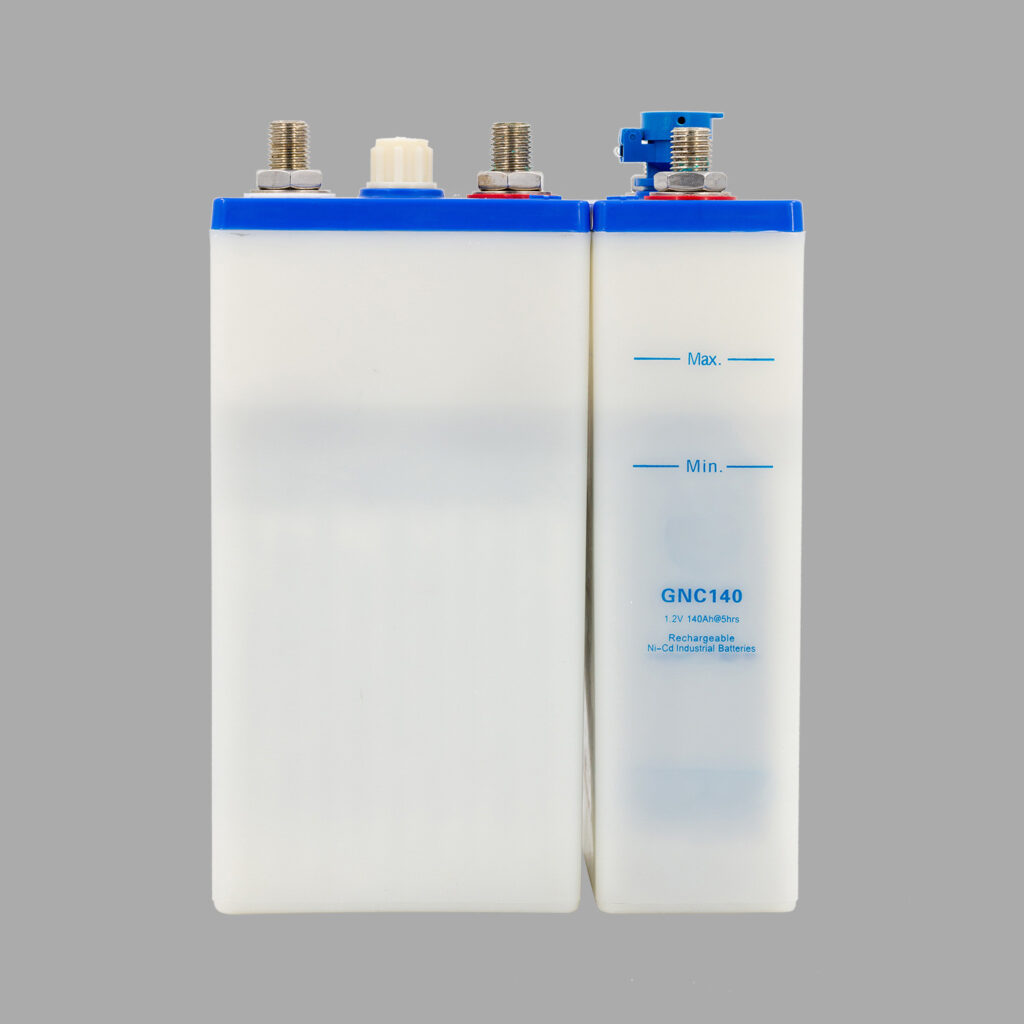When comparing pouch-type nickel-cadmium (Ni-Cd) batteries to sintered nickel-cadmium batteries, the “better” option depends on the specific application and requirements. Each type has its advantages and disadvantages.
Pouch-Type Nickel-Cadmium Batteries
Advantages:
- Lightweight and Compact: Pouch-type Ni-Cd batteries are lighter and more compact, making them suitable for portable devices where weight and size are critical.
- Flexible Design: The pouch format allows for more flexibility in terms of battery shape and size, which can be customized for specific devices.
- Lower Manufacturing Costs: These batteries are typically cheaper to produce, which can result in cost savings, especially for large-scale production.
- Better for Low-Rate Applications: Pouch-type Ni-Cd batteries are often more suitable for applications that require lower discharge rates over a longer period, such as backup power supplies or low-drain devices.
Disadvantages:
- Lower Durability: The pouch format can be more vulnerable to physical damage, such as punctures or deformation, which may affect battery performance.
- Lower Discharge Rates: Pouch-type Ni-Cd batteries generally have lower maximum discharge rates, making them less suitable for high-demand applications.
- Thermal Management: Pouch-type batteries may have less effective thermal management compared to sintered types, potentially leading to overheating in high-demand scenarios.
Sintered Nickel-Cadmium Batteries
Advantages:
- High Durability: Sintered Ni-Cd batteries are known for their robust construction, which makes them highly durable and resistant to physical stress and vibration.
- High Discharge Rates: These batteries can handle higher discharge rates, making them ideal for applications that require bursts of high power, such as power tools and aviation.
- Better Thermal Management: Sintered electrodes allow for more efficient heat dissipation, reducing the risk of overheating during high-rate discharge.
- Long Cycle Life: They generally offer a longer cycle life, making them suitable for demanding applications with frequent charge and discharge cycles.
Disadvantages:
- Heavier and Bulkier: Sintered Ni-Cd batteries are typically heavier and bulkier, which can be a disadvantage in portable or weight-sensitive applications.
- Higher Cost: The sintering process is more complex and expensive, leading to higher manufacturing costs and a more expensive final product.
- Less Flexible Design: The rigid construction of sintered batteries offers less flexibility in terms of shape and size, which may limit their use in certain compact devices.
Which is Better?
- For High-Power Applications: If your application requires high discharge rates, durability, and long cycle life, such as in power tools, aviation, or industrial equipment, sintered Ni-Cd batteries are generally the better choice.
- For Portable and Low-Power Applications: If weight, size, and cost are more important, and the application involves low discharge rates, such as in portable electronics or backup power supplies, pouch-type Ni-Cd batteries may be more suitable.
In summary, the choice between pouch-type and sintered Ni-Cd batteries depends on the specific needs of your application. High-power and industrial applications favor sintered batteries, while portable and cost-sensitive applications may benefit from the pouch type.


